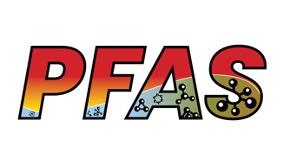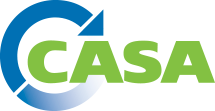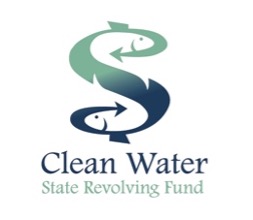USEPA Propose to Implement State Revolving Loan Fund Program Buy America Waiver
Last week, the U.S. Environmental Protection Agency issued a proposed State Revolving Loan Fund (SRF) program-wide waiver for public input as required by Infrastructure Investment and Jobs Act. Comments are to be provided by June 29, 2022. Under the proposal, the agency seeks to exempt clean water and drinking water projects that “submitted” engineering designs and specifications to a state SRF agency and are ready to proceed prior to May 14, 2022, which is the effective date for compliance with the mandate.
The proposed waiver clarifies in instances where an engineering design is not required, like pipeline replacements, a project sponsor would be required to demonstrate ready to proceed before the May 14 deadline by showing a bid advertisement in lieu of designs and specifications. In the case of a project that received a planning or design assistance agreement, prior to May 14, then the waiver could apply to subsequent project assistance. It is important note that the agency is also proposing that any project that receives SRF funding from an executed obligation made May 14 or thereafter and for which designs and specifications were submitted would be subject to the mandate. Since this is a program-wide waiver, any exceptions from the conditions would be a function of seeking an individual waiver request related to the project. Actual guidance on individual waiver requests has not been issued at this writing. As to the current American Iron and Steel mandate (AIS), the agency highlights that compliance with this mandate remains in place unaffected by the Build America, Buy America guidance and implementation.
USEPA Releases Four New Health Advisories for PFAS Chemicals
 The U.S. Environmental Protection Agency (USEPA) has announced it is releasing four new drinking water health advisories for certain PFAS chemicals. As the press release explains, USEPA is publishing these new health advisories in light of new available science and lifetime exposure outcomes. The actions track with what the PFAS Strategic Roadmap outlines the Office of Water to advance this year to regulate the chemicals and protect human and environmental health. While the actions are limited to the drinking water sector, it is relevant for the clean water sector because it provides an insight into how the Agency plans to regulatory address PFAS contamination and the degree to which it wants to regulate the chemicals during the water treatment process.
The U.S. Environmental Protection Agency (USEPA) has announced it is releasing four new drinking water health advisories for certain PFAS chemicals. As the press release explains, USEPA is publishing these new health advisories in light of new available science and lifetime exposure outcomes. The actions track with what the PFAS Strategic Roadmap outlines the Office of Water to advance this year to regulate the chemicals and protect human and environmental health. While the actions are limited to the drinking water sector, it is relevant for the clean water sector because it provides an insight into how the Agency plans to regulatory address PFAS contamination and the degree to which it wants to regulate the chemicals during the water treatment process.
The four health advisories establish new, lower advisory levels for PFOA, PFOS, GenX, and PFBS chemicals. The new USEPA’s health advisories, which identify the concentration of chemicals in drinking water at or below which adverse health effects are not anticipated to occur, are: 0.004 parts per trillion (ppt) for PFOA, 0.02 ppt for PFOS, 10 ppt for GenX chemicals, and 2,000 ppt for PFBS. The new health advisories, background materials, and advisory tables can be accessed here. The purpose of these new health advisories to provide drinking water operators, states, and local governments treatment guidance while the Agency continues to work to finalize a National Primary Drinking Water Standard for PFAS. USEPA will be hosting a webinar to provide the public with further information on this regulatory effort on June 23, 2022, at 12:00 pm (EST). Registration for the webinar can be accessed here.




 @CASA_CleanWater
@CASA_CleanWater